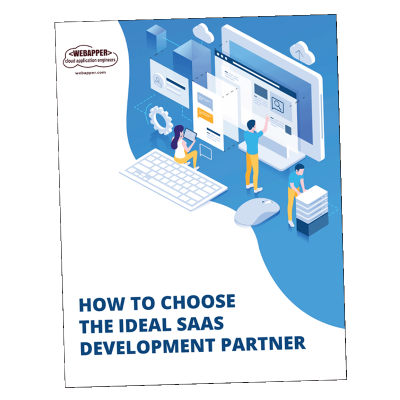Scaling Your SaaS Solution
with Strategic Alliances
SaaS companies often hit critical growth plateaus when scaling their solutions. Rising customer acquisition costs and blocked expansion paths create significant barriers. Strategic alliances offer a powerful way to overcome these challenges, enabling companies to scale beyond initial market success without exhausting resources or compromising service quality. As a growth-focused SaaS leader, you know the pressure to scale efficiently while maintaining quality and customer satisfaction. But have you fully explored the power of strategic alliances to fuel that growth?
The Scale-Up Challenge
Scaling a SaaS solution isn’t just about doing more of what initially brought success. Deloitte research found that 70% of SaaS companies struggle to efficiently scale their go-to-market strategy beyond early adopters and initial market segments. The challenges are numerous:
- Limited market reach and brand recognition outside your core audience
- Insufficient resources to develop features for new market segments
- Rising customer acquisition costs as you exhaust your most natural fits
- Difficulty breaking into enterprise environments with complex security and compliance requirements
Most SaaS companies make the critical mistake of viewing scaling as a solo journey, pouring resources into building everything themselves rather than leveraging strategic alliances to accelerate growth.
The Strategic Alliance Advantage
Strategic alliances can dramatically transform your scaling trajectory. Consider these benefits:
1. Resource Multiplication
Strategic partnerships extend your effective team size without the overhead of direct hiring. According to McKinsey, companies with strong alliance strategies achieve 2x the market penetration with 30% less internal resource allocation.
2. Market Credibility
78% of enterprise buyers are more likely to consider solutions that are allied with their existing trusted vendors, giving you an immediate credibility boost in new markets.
3. Reduced Time-to-Market
Partners with complementary capabilities can help you enter new markets 40% faster than building everything yourself, according to a recent SaaS Industry Report.
Practical Alliance Strategies You Can Implement Today
1. Create a Partnership Tier System
Develop clear criteria for different partnership levels based on joint value creation. Not all partners should be treated equally – categorize them into tiers (bronze, silver, gold) with corresponding benefits and requirements.
Implementation tip: Start with a simple spreadsheet mapping potential partners by reach, complementary value, and strategic fit. Focus your initial outreach on the top 3-5 high-potential partners.
2. Design Co-Marketing Programs with Clear ROI
Move beyond logo exchanges to create genuine marketing programs with measurable outcomes.
Implementation tip: Create a “partner marketing kit” with pre-approved assets, messaging, and tracking URLs that makes it easy for partners to promote your solution accurately.
3. Establish a Technical Integration Framework
Make your product integration-friendly through well-documented APIs and integration support.
Implementation tip: Identify your most requested integrations from customer support tickets and prospect calls, then prioritize building those first with robust documentation.
Building Your Alliance Strategy
Successful SaaS scaling through alliances isn’t accidental. It requires intentional strategy, dedicated resources, and a partnership mindset. The companies that master this approach gain significant advantages in growth efficiency and market expansion. Remember that the most valuable partnerships create win-win scenarios that benefit both companies and, most importantly, deliver superior solutions to end customers.



Leave A Comment